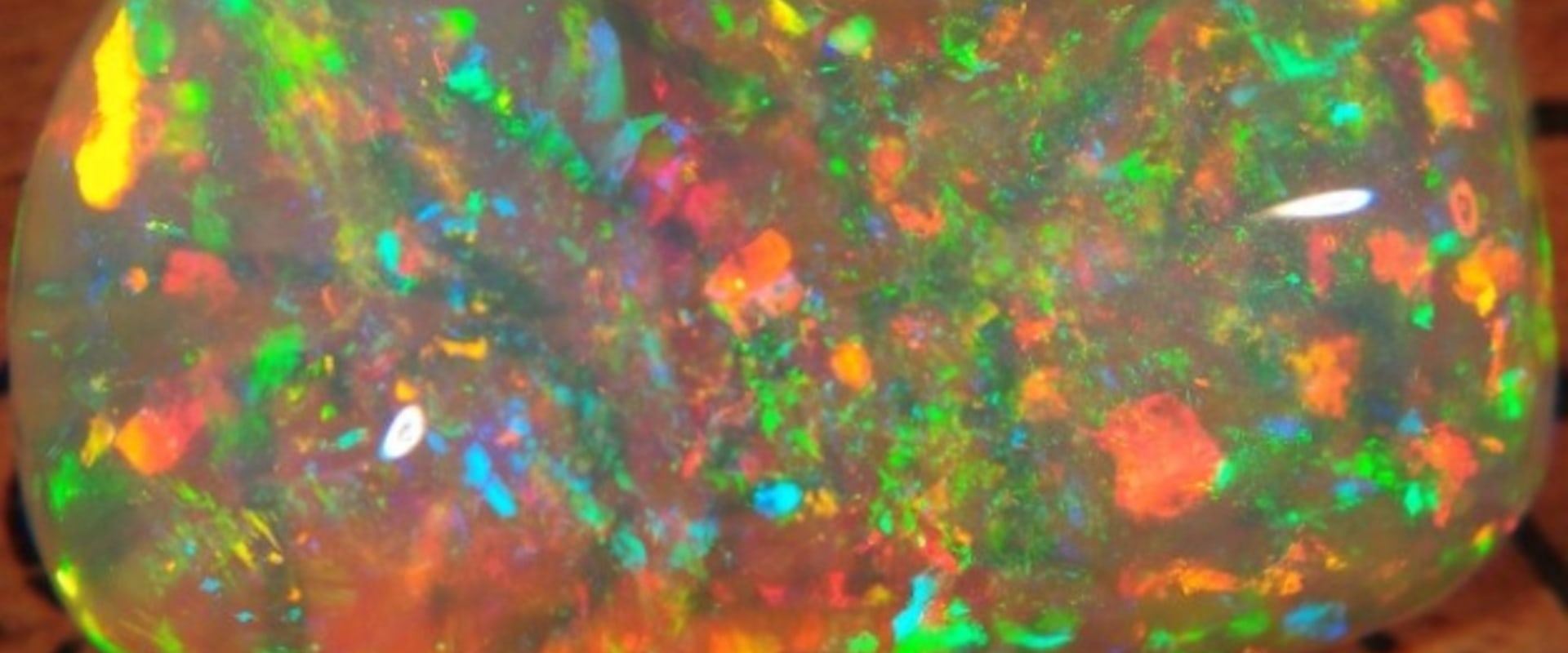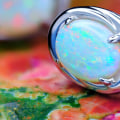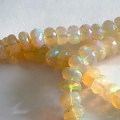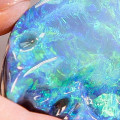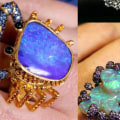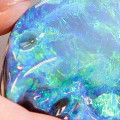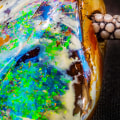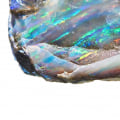Due to its amorphous character, it is classified as a mineraloid, unlike crystalline forms of silica, which are classified as minerals. Opal, a silica mineral widely used as a gemstone, a submicrocrystalline variety of cristobalite. In ancient times, opal was included among noble gems and the Romans ranked second only to emerald. In the Middle Ages I was supposed to be lucky, but in modern times it has been considered unfortunate.
Information on mineral and mineral exploration in Australia at national and regional levels, mining and land use, sustainable resource development and exploration activity levels The library provides services to geoscience organizations, universities, research centers, mining and industries oil companies and the public. Opal was first commercially mined at Listowel Downs in Queensland in 1875 and later at White Cliffs in New South Wales. Today, Coober Pedy (SA) is the main producer of white opal, although in recent years this field has expanded and all types of opals are found. Other centers in South Africa include Andamooka and Mintabe.
Lightning Ridge (NSW) is known for black opal and formerly White Cliffs was a major producer of high quality opal. Boulder opals (opals in concrete ironstone) are mined in Queensland from numerous locations in an area that extends from the districts of Eulo and Cunnamulla in the south and northwest at a distance of more than 700 km to Kynuna in the north. The cities of Quilpie, Yowah and Winton are the main mining centers and opal wholesalers. Mining is carried out by drilling vertical shafts approximately 1 meter in diameter with large diameter bucket bits.
In this way, a bulk sample of approximately one cubic meter or more is brought to the surface and examined, usually by washing and screening, to extract fragments of opal. If potentially inexpensive opal is found, units or tunnels are dug with jackhammers or underground hydraulic excavators. Excavated material is sucked to the surface by “blowers” or by bucket winches or automated conveyors. At Lightning Ridge, all excavated material is trucked to large processing centers known as puddle dams, where modified concrete trucks rotate, wash and filter the ore for several hours, until only the hardest fragments remain.
Once the wash is complete, the hard material is sorted by hand and any precious opal is removed for evaluation, cutting, polishing and eventual sale. Most of the opal in the concentrate is of the non-precious or “potch” variety mixed with a much smaller amount of potential gemstones. From processing a full load of material by truck (typically 5 to 10 cubic meters), even from a very good mine, the recovered raw precious opal would in most cases fit easily in a shoebox. Opal is formed from a solution of silicon dioxide and water.
As water flows through the earth, it picks up silica from sandstone and carries this silica-rich solution into cracks and voids, caused by natural faults or decaying fossils. As the water evaporates, it leaves a silica deposit. This cycle repeats for very long periods of time and eventually opal forms. Opal is composed of silicon dioxide, like quartz, plus an indefinite amount of water.
Indefinite means that different opal samples contain different amounts of water. One can be 20% water and another 10% water. Because opal does not have a crystal structure, it is classified as a mineraloid, a mineral-like substance without well-formed crystals. These profiles are mostly hidden beneath surface sand and ground cover, and outcrops containing precious opals are relatively rare.
Opals are multicolored and consist of small silica spheres arranged in a regular pattern, with water between the spheres. Because opal can crack or lose its color if dried, many finished stones are protected with water or oil films until they are sold. When opal gives off water, this can result in less bright colors, haze and dullness, and the development of cracks, until complete destruction. Silica itself is formed by volcanic origin or by deep erosion of Cretaceous clay sediments, producing both silica and white kaolin, which are often associated with Australian opal fields.
Opal is deposited from circulating waters in forms as varied as nodules, stalactic masses, veins and encrustations and is widely distributed in almost all types of rocks. White opal, with light body colors, and fire opal, characterized by yellow, orange or red body color, are much more common. In trade, these opals are known as Welo Opals, named after the historic province of Welo (also Wello and Wollo). Carbonate leaching from boulders, nodules, many different fossils, along with existing cracks, open centers of ironstone nodules, and horizontal veins provide a myriad of molds ready for deposition of secondary minerals such as opal.
The precious opals are translucent to transparent and are distinguished by a combination of milky to pearlescent opalescence and an attractive play of many colors. Undersized fragments are used for inlay work, and small pieces scattered throughout a natural array are commonly sold under the name of opal root.
Opal
silica not only fills the larger voids mentioned, but it can also fill the pore space in sediments the size of silt and sand, bonding the grains together forming unique deposits, known as matrix, opalized sandstone or “concrete”, which is a more conglomerated unit near the base of the sediments of the Early Cretaceous. Join us on a geological expedition to discover the difference between minerals and mineraloids and what category opal belongs to.Boulder opal found in Queensland is formed with a slightly different method than other types of opal, forming within an iron stone concretion. Opals usually have layers and, if there is a rare red coating, it is at the base, in the thinnest part of the vein, and indicates that gravity played a role in the arrangement of the silica spheres. . .
